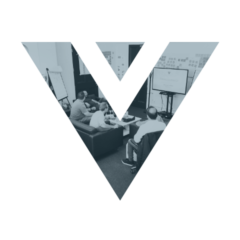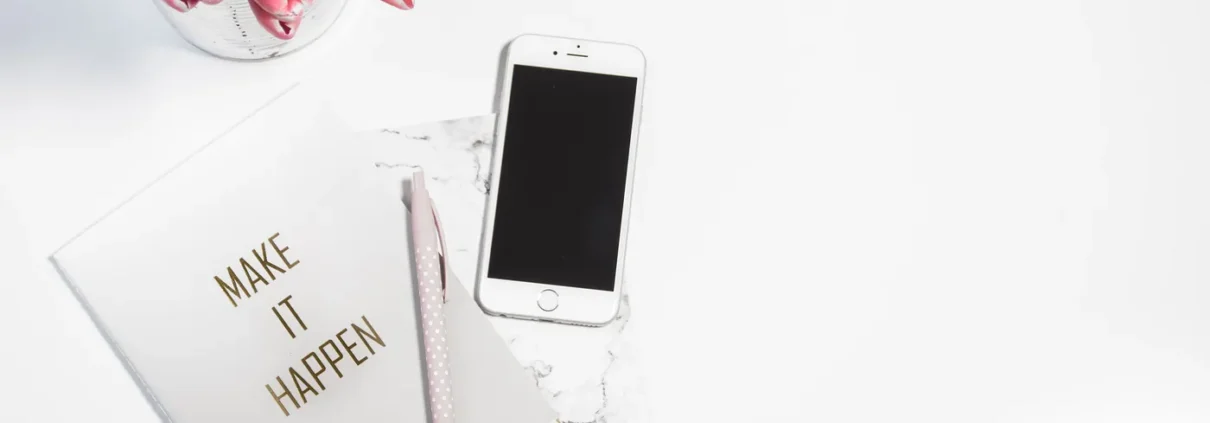Ensuring your products get tested
A day in a UX designer’s life is rarely bereft of something to do.
Whether you are brainstorming approaches for new features, tweaking existing designs or simply going from task to task in the weekly sprint on the scrum-board, chances are you are not spending a lot of your time user testing.
And there are lots of reasons for that.
Designers are more than producers…
I’ve had a lot of roles where there was a lot of pushback to testing, because finding the time to test always fought with time to produce. This is where we need to assert the nature of the particular role we have and call into account the less visual and more scientifically based nature of the job.
This is where the scientist experiments, learns and evolves theories based on data and testing. We need to be allowed the same freedom and understanding in our roles, with all stakeholders knowing that this is not a nice-to-have, but an essential element to product development.
There will be certain clients you will face who will not have large budgets to spend on user testing. There will be clients, under pressure from stakeholders to develop promised features, who will prefer to see their money be spent on developing features as opposed to testing them. There will also be some clients who don’t see the benefit in the time/money spent in doing this.
It’s up to us to educate them.
At the end of the day, we know what the right thing to do is.
Our mission is to serve the users and so even if there is no emphasis on it from the powers that be (more likely, the powers that pay) then we need to take the responsibility to ensure that the products we bring to life are tested.
Pure and simple.
Why do we do this? A reminder…
- Validate business assumptions
This is your winning argument when selling the testing process to stakeholders. We need to ensure key business assumptions are validated before taking the leap and building something that doesn’t achieve the business objectives. - Gauge public opinion
This is about not being precious about your design work, as well as your client’s concept – The users should be shaping the product. We need to have people use and feedback so that we learn all the stumbling blocks that we may not have realised were there, as well as whether it does what it’s meant to do in a straightforward and enjoyable way. - Decide on next steps
User testing is critical to deciding the direction of the next round of funding, the next features to focus on or indeed, if the product continues at all. With user testing at all stages, early, middle and post, we ensure we are using resources wisely because we are always making the most informed choices at the time.
Fighting resistance
It is our jobs as UX-ers to ensure that the UX side of our titles is acted upon.
If the client doesn’t understand it, it is up to us to make the case for it and if there is no budget, do it on the cheap. Necessity is the mother of invention and imagination is our greatest asset. Take it as a challenge and don’t sit on your laurels. Get up and make it happen.
But first things first, be practical:
- Ask the client why they are resistant to testing
The first and most sensible thing you can do. Maybe your client has had a bad experience with testing in the past; maybe they are afraid of losing face with low fidelity designs being shown to the users; maybe they don’t have a budget for it. Find out their concerns, address them and sell the clear benefits of the process and all the ways it can be done, many of which are free. - Take the lead in organising testing sessions
Getting buy in for face to face user testing sessions is a massive win. They can be as complicated or simple as you want them to be. The critical thing is that they’re well organised, not disruptive, particularly to your client or host.
Send your user screeners pre testing, have your list of users and timeslots prepped, brief your client on what they are to expect on the day. Ensure privacy, internet connection, an assistant if necessary. Whether you’re on site in a clients office, or working remotely, have your day planned out to a tee, with contingency plans for everything. - Use one, or a few, analytics platforms
From the moment you go live, you should be tracking your product’s usability and take up. Google Analytics is an essential but services like MixPanel and Full Story are also worth considering in to get even more insight. GA is free and provides incredible insights that allows you to easily find the areas you need to develop and consider while also allowing you to track user uptake and follow through. The analytics and metrics element of GA will also be more likely to appeal to the more data driven stakeholders than user sentiments and feedback. - Use free online resources
There is a myriad of online tools and testing platforms that you can use to give you quick options without having to subscribe to big packages. For example, SurveyMonkey’s free plan, which allows you unlimited surveys, 10 questions per survey enables you to gather fast feedback from focus groups, without having to go overboard on costs. - Guerilla testing
This form of testing involves going out into the public and approaching potential users to test your prototypes or answer surveys. This can be incentivised or not — Maybe paying for someone’s coffee in return for five minutes of their time, or simply an honest approach asking if they would be interesting in helping to develop an up and coming product.
Done properly, with appropriate respect given the tester, both in terms of time and participation, this is a great quick-fire way of gaining immediate feedback.
Use your colleagues
Don’t have access to a user tester network? Use the people around you, ensuring they don’t have a direct connection to the project you’re working on. Even if they are not strictly the target users of the product, any testing is better than none – insight is insight at the end of the day and the feedback from someone completed disconnected from the project will be very valuable.
Prototype every feature
Aside from generally getting clients onboard for testing, you should really be prototyping as you go, it’s just a good idea. As you design, prototype each feature or user journey and test as soon as you can with whoever you can. This has benefits for multiple reasons:
- Testing individual user journeys reduces the need for full scope testings
User testing left until the end of development ultimately creates more work for us, as we need to test all features in either one sitting or condensed periods of time, which tend to tire the users and reduce the quality of their feedback, as they need to cover so much ground in one session. - Demoing to developers is easier and more effective
In terms of working with developers, I always found it so much faster and more efficient to show my work on a prototype because as we went through, we would discuss, chat through potential issues together and ultimately speed up my iteration process with clearer insights as to how to improve. I thoroughly recommend this approach to any designer. - Any feedback is good feedback
Whether you’re doing this using branded, high fidelity designs, or black and white wireframes, just do it. Don’t wait for them to achieve a certain level of perfection before you test, let them go. It is up to you to get the feature to the public in a way they can consume as they would expect to consume, note the reactions, hesitancies and general impressions and write these up to stakeholders and developers as validated evidence to make educated decisions on design. - Prototypes make amazing sales tools
With existing prototypes, you have ready made assets for clients.
Whether they use the actual prototype or a simple Quicktime screen recording of you using the prototype, having this asset makes presenting to stakeholders and potential investors so much easier and impactful. At the end of the day, the visual sells everything.
The UX process works, but you need to show them how…
Facts are facts and clients are more likely to respond to documented evidence proving your points as opposed to untested assumptions made by team members.
Testing, even simple testing using black and white wireframes, or paper prototypes, enables bias to be taken out of the equation, making it very easy to accept feedback and move on, in an informed manner.
This is where following up on testing sessions with comprehensive reports, laying out the main takeaways straight away, with clearly defined next steps going forward, is essential. This is where you get to show another side of your skillset, critically analysing the data and feedback and prioritising changes that will evolve the product in the right direction.
This is an empowering moment in the build-measure-learn loop as you are really taking point on steering the project at this stage and providing the real validation that’s needed to get to the end goal. It is one of the most critical elements of your role, so assert it, embrace it.
Enjoy the scientific side of UX and test every single scribble.



